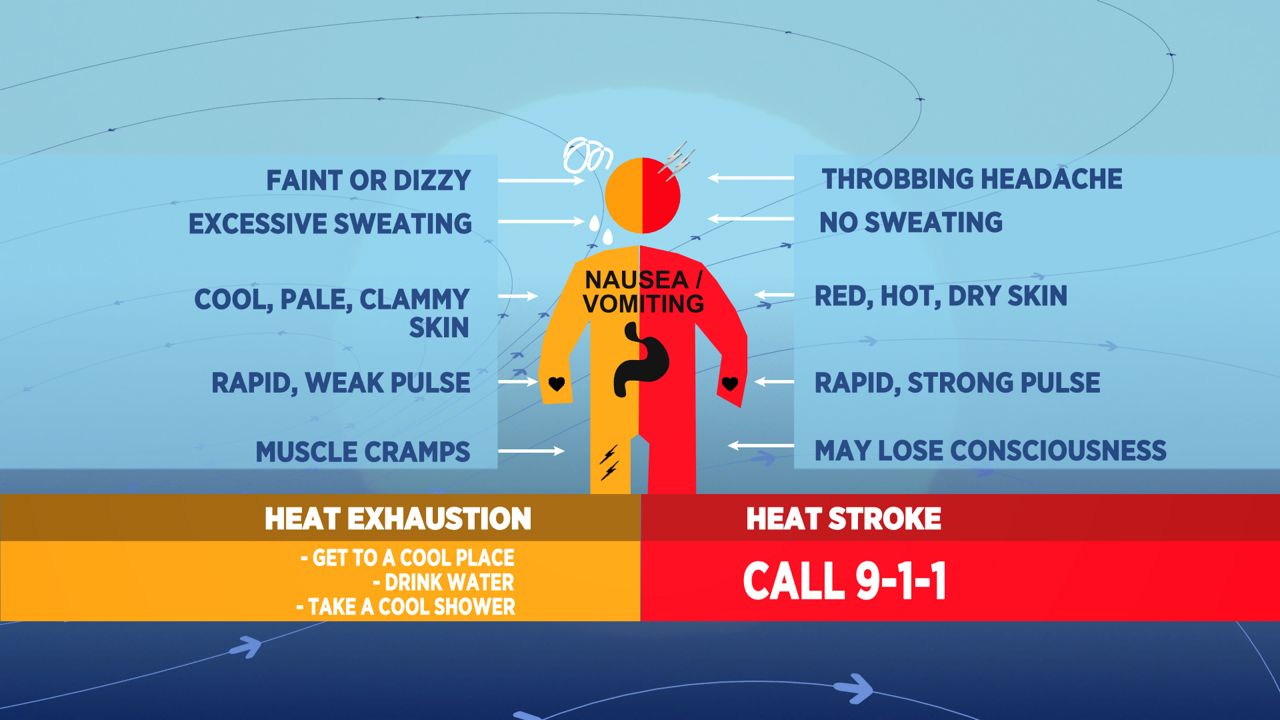COLUMBUS, Ohio — Heat exhaustion and heat stroke are doctors' main concern when high temperatures are in the forecast.
Families across the state are taking this extra sunshine to go to the pool, barbecue and more. However, Dr. Daniel Bachmann, who serves as an emergency medicine professor at Ohio State Wexner Medical Center, shared some useful advice when being out in the heat.
Monitor how much time you are spending outside. It’s important to take breaks and get relief inside more often
If you plan to be at the pool or splash parks, it’s important to reapply sunscreen about every two hours
Wear more heat resistant fabrics like cotton, linen and clothing that comes UPF protected. Clothes with an ultraviolet protection factor can block 98% of the sun’s rays
Pay close attention to your body

Heat-related illnesses fall on a spectrum. While heat exhaustion is usually treatable at home, heat stroke requires immediate medical attention. Bachmann said that the key to prevent either from happening is staying as hydrated as possible.
“Sweating is one of the main mechanisms for your body to release heat,” said Bachmann. “You also lose a lot of fluid with that process and so keeping up with that fluid loss is going to be important this week. That means, you know, getting water and other fluids into your body to keep up with that fluid loss from sweating.”
Some indicators of heat exhaustion are fatigue, dizziness, vomiting and dehydration. These symptoms can be caused by going inside and getting cool while taking in a lot of fluids. If you can’t get inside, it’s recommended to use a cool wet rag or ice to bring your body temperature down.
Heat stroke alters a person’s cognition, causing them to be disorientated, much like a regular stroke. If this happens, it’s important to go to the emergency room immediately because it can lead to death if untreated.



